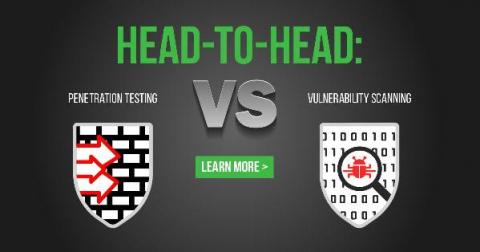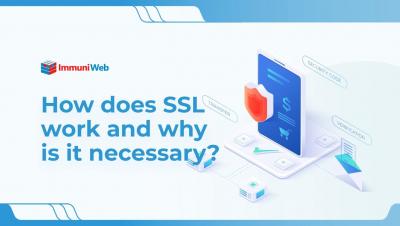Security | Threat Detection | Cyberattacks | DevSecOps | Compliance
Testing
Best SAST Tools: Top 7 Solutions Compared
Static application security testing (SAST) tools automatically scan the source code of an application. The goal is to identify vulnerabilities before deployment. SAST tools perform white-box testing, which involves analyzing the code based on inside knowledge of the application. SAST offers granularity in detecting vulnerabilities, providing an assessment down to the line of code.
How Can Security Testing Fit Within Agile Development?
As software developers and associated business analysts are shifting more and more towards satisfying customer needs by providing them with a better quality product, they are consequently moving towards an agile mindset. Firms are changing the way they function to allow customer needs to be integrated not only into the final product and stages of sales but also all throughout the process of development of a product.
SAAS Security Testing: why it is important and how to do it
The Battlefield vs Red Teaming - Where the Skills Collide!
It was early 2003 in central Iraq, a couple of hours before dawn, 30 degree heat, and everything had a green tint through the night vision goggles. I was on an operation with a team from the US Psychological Operations forces (psyops) and an ODA (Operational Detachment Alpha) from the US Special Forces. We'd spent days gathering HUMINT (Human Intelligence) and undertaking reconnaissance on the target. The ODA team was set up for the assault, the psyops were ready to run diversionary tactics and I was on the team providing comms and perimeter security. Authorisation was given from above, the operation began, and the sky lit up with tracer rounds.
How a Generalized Validation Testing Approach Improves Efficiency, Boosts Outcomes and Streamlines Debugging
In two recent blog posts from the CrowdStrike Software Development Engineers in Test (SDET) team, we explored how end-to-end validation testing and modular testing design could increase the speed and accuracy of the testing lifecycle. In this latest post, we conclude our SDET series with a deep dive on how our generalized validation testing component improves efficiency, enhances product functionality and streamlines troubleshooting.
Providing Comprehensive Application Security from Code to Production: New Snyk and Hdiv Security Partnership
Together, we look forward to helping more global businesses to innovate securely by combining Snyk’s static analysis with Hdiv’s interactive testing capabilities. This will allow these digital-first organizations to continue their rapid pace of innovation while staying secure through comprehensive application security – from code in development to running workloads in production.
Head-to-Head: Penetration Testing vs. Vulnerability Scanning
To release reasonably secure products, vendors must integrate software security processes throughout all stages of the software development lifecycle. That would include product architecture and design; implementation and verification; deployment and monitoring in the field; and back again to design to address the changing threat landscape, market needs, and product issues.
What is Vulnerability Testing?
Even the most secure IT system can have vulnerabilities that leave it exposed to cyber attacks. Constantly changing network environments, social engineering schemes, and outdated or unpatched software are all threats that call for routine vulnerability testing. Vulnerability testing, also called vulnerability assessment or analysis, is a one-time process designed to identify and classify security vulnerabilities in a network.











